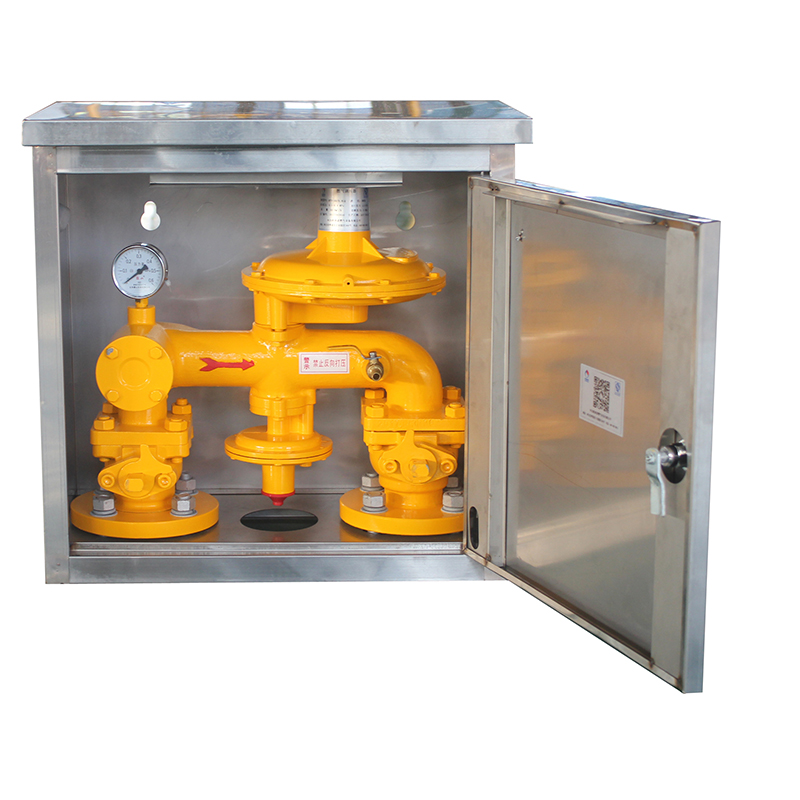
Jul . 25, 2024 12:48
Back to list
Understanding the Functionality and Application of Gas Pressure Regulators in Various Settings
Understanding Gas Pressure Reducers Their Importance and Functionality
Gas pressure reducers are essential devices used in various applications where gases need to be delivered at a specific pressure. The primary function of a pressure reducer is to decrease a high gas pressure from cylinders or tanks to a lower, usable pressure suitable for specific applications. This article aims to delve into the significance, working principles, and applications of gas pressure reducers.
The Importance of Gas Pressure Reducers
In industrial, medical, and residential applications, the proper management of gas pressure is crucial. For instance, gases stored in cylinders are typically under high pressure, which is not safe or practical for direct use. Gas pressure reducers ensure that the delivered gas is at a safe and manageable pressure, reducing the risk of equipment failure or accidents caused by high-pressure gas escape.
Moreover, pressure reducers help maintain a consistent output pressure even with varying inlet pressures. This capability is critical in processes where precise gas flow is essential—for instance, in welding, where maintaining a steady flame requires consistent gas pressure. Furthermore, in medical applications, such as in oxygen delivery systems, it is vital to provide patients with gas at a controlled and safe pressure to ensure their wellbeing.
How Gas Pressure Reducers Work
The operation of a gas pressure reducer is based on a few fundamental principles. A typical pressure reducer consists of a body, an inlet, an outlet, a diaphragm, and a spring. When high-pressure gas enters the reducer, it pushes against a diaphragm. The pressure exerted on the diaphragm is countered by a spring, which is pre-tensioned to a specific value.
gas pressure reducer

As the gas pressure in the reducer rises, it lifts the diaphragm against the spring force until it reaches a set point. Once the set point is achieved, the diaphragm adjusts to maintain this pressure by allowing extra gas to flow through the outlet while simultaneously limiting the inlet flow. In this way, the reducer stabilizes the output pressure, ensuring that the downstream equipment receives gas at a consistent and safe level.
Applications of Gas Pressure Reducers
Gas pressure reducers are utilized across various fields, demonstrating their versatility and critical role. In the medical field, they are extensively used in respiratory therapy devices to supply oxygen to patients. They ensure the oxygen is delivered at the correct pressure, protecting not only the patients but also the devices used in treatment.
In industrial settings, pressure reducers are vital in processes involving welding or cutting, where gases like acetylene or oxygen are used. These applications require precise control over gas flow and pressure, making pressure reducers indispensable.
Moreover, gas pressure reducers are found in HVAC systems, where they help regulate natural gas or propane pressures for heating systems. They are also utilized in laboratories, where controlled gas supplies are necessary for experiments and equipment operation.
Conclusion
In summary, gas pressure reducers play a critical role in safely and effectively delivering gases at controlled pressures across various industries. Their ability to reduce high-pressure gases to usable levels while maintaining a consistent output pressure is vital for ensuring safety and efficiency in numerous applications. As technology continues to advance, the design and functionality of gas pressure reducers are also evolving, further enhancing their importance in modern society. Understanding these devices better allows us to appreciate the crucial role they play in our daily lives, from medical applications to industrial processes.
Latest news
-
Safety Valve Spring-Loaded Design Overpressure ProtectionNewsJul.25,2025
-
Precision Voltage Regulator AC5 Accuracy Grade PerformanceNewsJul.25,2025
-
Natural Gas Pressure Regulating Skid Industrial Pipeline ApplicationsNewsJul.25,2025
-
Natural Gas Filter Stainless Steel Mesh Element DesignNewsJul.25,2025
-
Gas Pressure Regulator Valve Direct-Acting Spring-Loaded DesignNewsJul.25,2025
-
Decompression Equipment Multi-Stage Heat Exchange System DesignNewsJul.25,2025

